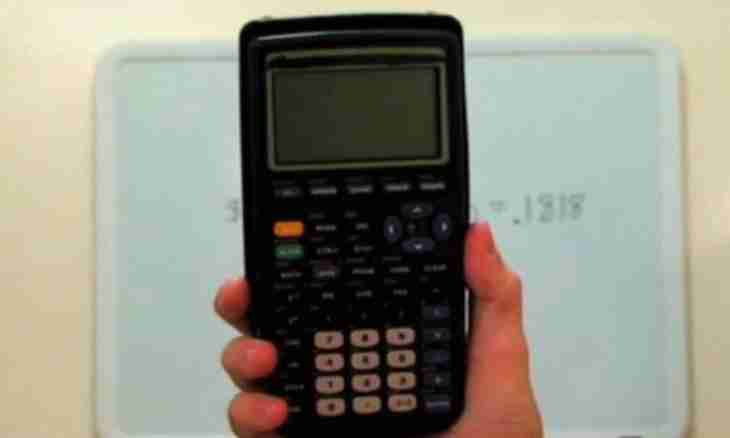On any map you can see approximately such inscription: "Scale 1:100 000". Usually the first – 1, and the second can change. If there is no inscription, then it is obligatory to eat the small lineechka divided into equal pieces or the nomogram. These signs designate the relation of the size of any given object on the map or the plan to its actual size.
It is required to you
- Roulette or geodetic compasses
- Ruler
Instruction
1. If you have a plan on which various objects are rather precisely put, and you need to find out, in what scale this plan is made – begin with measurements. Choose an object which is nearby. Measure it on the plan and write down results.
2. Measure actually an object. Use for this purpose a roulette. To avoid mistakes, make a peg and hook for it on a roulette eyelet. Hammer a peg into the earth so that the zero mark of a roulette appeared at the level of the initial point of length or width of an object.
3. Determine scale. It is the most convenient to write down it in figures. Write down the object size on the plan, then – that which turned out at measurement in the territory. For example, at you it turned out that the shed 5 meters long on the plan occupies 2, 5 cm. Transfer meters to centimeters. That is it turns out that at you in 2, 5 cm 500 cm contain. Calculate how many centimeters of the territory contain in 1 cm on the plan. For this purpose divide bigger number into smaller. 2.5:500=1:200, that is 1 cm on the plan will turn out there correspond 2 m in the territory.
4. To determine scale more precisely, make several measurements. For example, measure the shed on the site and a pond. Plans are different, and the sizes of any given object can be put insufficiently precisely. If there are divergences, make one more measurement. Correct the image of an object which does not correspond to two others on the plan.

